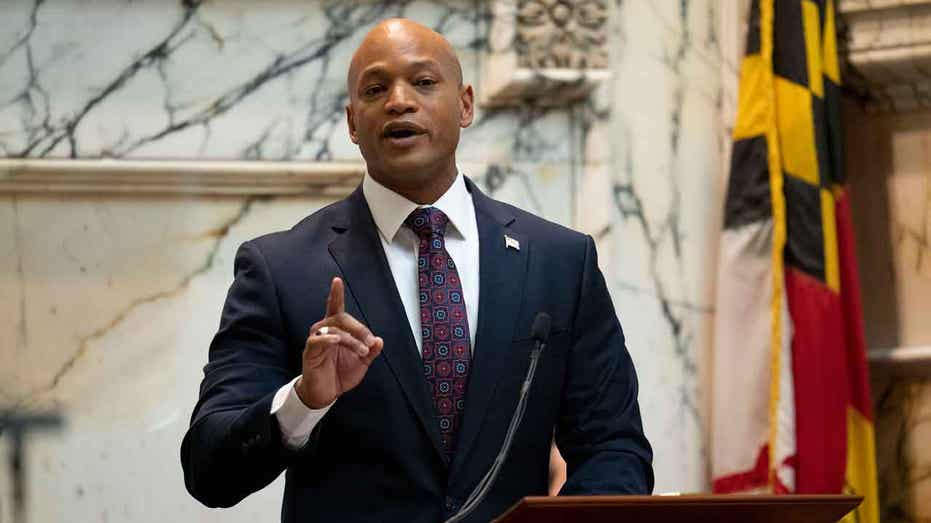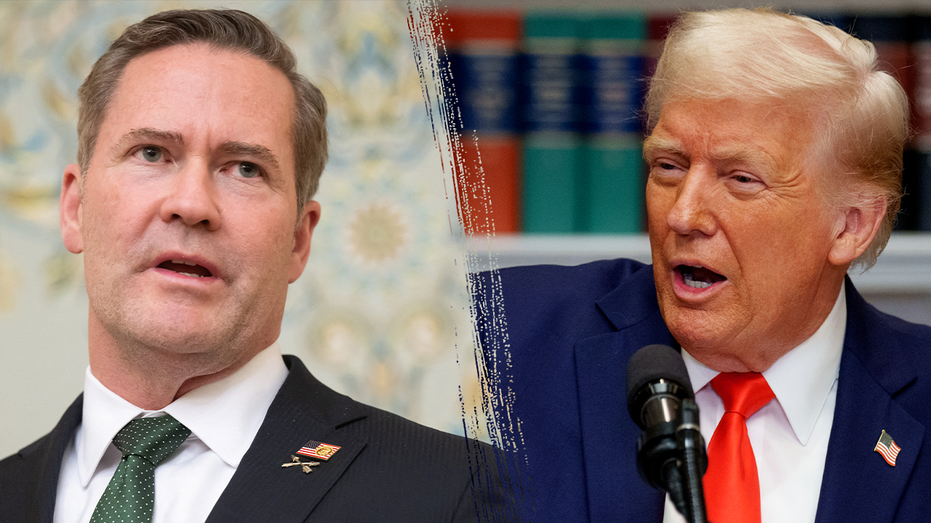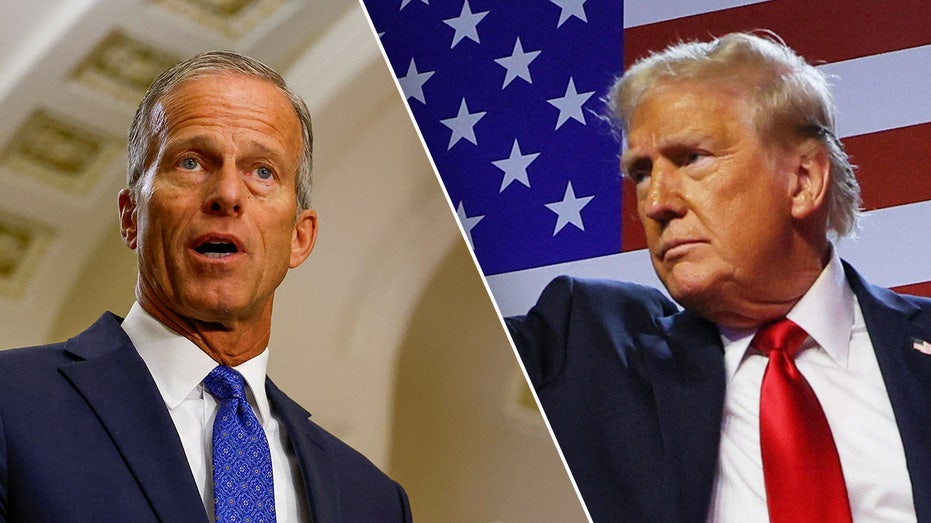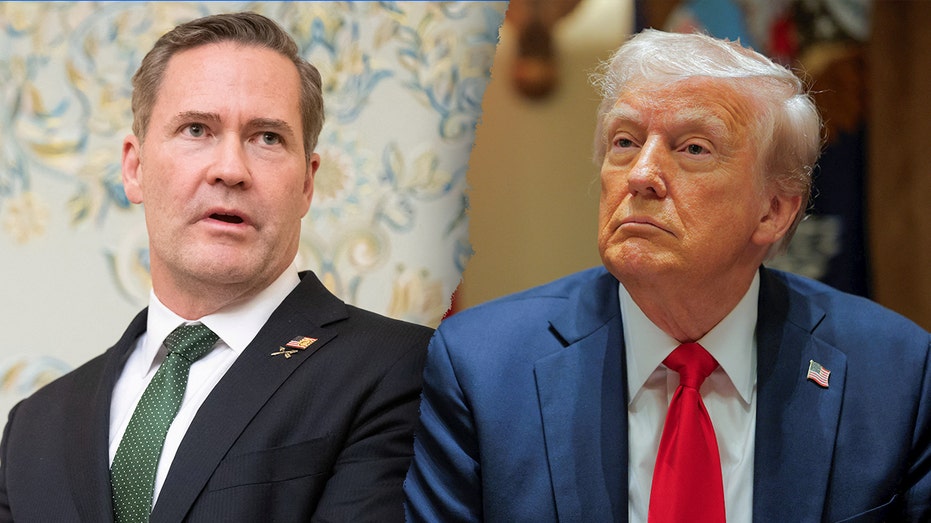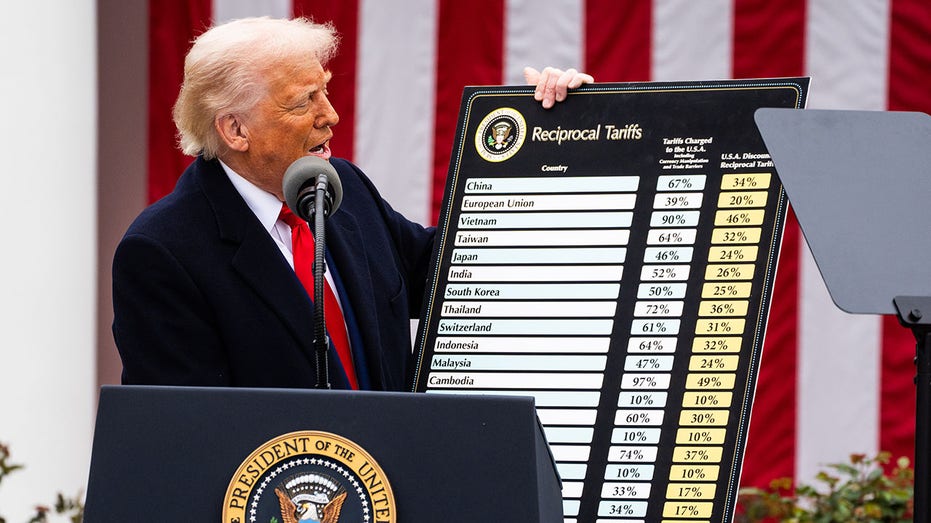Reporter's Notebook: The Game of Death
The House and Senate are a long way from approving President Donald Trump’s "big, beautiful bill" to cut spending, slash taxes and likely raise the debt ceiling.
But the next step in the process is now unfolding.
The Senate voted Thursday to proceed to a retooled budget framework. The framework is necessary under special budget rules the Senate is using to avoid a filibuster which would kill the bill.
That triggered a lengthy debate on the updated budget package prompting what’s called a "vote-a-rama" tonight. The Senate would presumably finish this step in the process and adopt the new framework in the wee hours of Saturday morning or perhaps during the day on Saturday.
REPUBLICANS CHARGE AHEAD ON TRUMP BUDGET, SETTING UP MARATHON SENATE VOTE
A "vote-a-rama" is really just a very Senate way of saying "a really long vote series which probably runs all night." The Senate rifles through vote after vote for hours on end. Most vote-a-ramas run 10-15 hours. A 2008 vote-a-rama churned through a record 44 roll call votes. They are always related to the budget process. And, because of special budget rules, senators can offer an unlimited number of amendments. That’s why there are so many votes.
Republicans aim to get through this process as quickly as possible. That said, some conservatives may offer amendments for additional debt reduction or proposals related to the debt ceiling.
Democrats will likely offer a host of amendments to get vulnerable Republicans on the record about controversial issues like possible cuts to Medicare and Medicaid and even tariffs.
The bottom line is this:
There is high interest about where Congress stands advancing the "big, beautiful bill." It’s the touchstone of President Trump’s legislative agenda and probably the most significant piece of legislation to come before Congress over the next two years. But getting to a point where the House and Senate can actually try to approve the bill itself is an exhaustive process and months away. However, this incremental step is essential to getting there. And that’s why interested parties will focus on the vote-a-rama starting tonight and when it ends.
HERE'S A CLOSER LOOK AT TRUMP'S TARIFF PLAN: WHAT TO KNOW ABOUT THE NEW DUTIES
Also, why start this process so late on a Thursday and compel the Senate to meet on a Friday night and bleed into the weekend? Especially when the Senate has had multiple weekend sessions already this year and several overnight sessions? That includes the all-night, record-breaking speech by Sen. Cory Booker (D-NJ) earlier this week.
There is some method to the madness.
First, the Senate needs to get through this step. Time is of the essence. Second, Fox is told that holding off until later in the week could limit the length of the vote-a-rama if the Senate doesn’t start until Friday night. That isn’t to say the vote-a-rama won’t be long and tiring. But it could abbreviate the process.
Let’s take a step backward so we can look forward on what the House and Senate must still do to pass the tax cut and spending cut plan. There are potentially eight steps here. The Senate motion over the next few days is step three.
In February, the Senate adopted an initial budget outline so it could use the special budget reconciliation process and avoid a filibuster.
The House approved its own version of a budget outline in late February – even though the consequences of the filibuster mean nothing to the House. But the issue was that the House and Senate approved different budget frameworks. They still need to sync up.
So those were steps one and two of this protracted process.
The Senate’s vote-a-rama – culminating with the adoption of a new, updated budget blueprint – is step three.
Step four likely comes next week when the Senate’s updated package goes to the House. House Speaker Mike Johnson (R-LA) indicated Wednesday night he’d like the House to align with the Senate framework next week. So that entails another debate and vote. However, some archconservatives might look askance at the Senate’s spending cut numbers. Those close to the Senate process have told Fox that those figures represent a "floor" for spending cuts. Not a "ceiling." But the ultimate Senate number might not please as many House conservatives.
Why does the Senate do it this way? To comply with specific, strict Senate budgetary rules. If the Senate didn’t stretch it out like this, the bill would face a filibuster and the gig would be up.
Johnson seemed buoyed after he swore-in new Reps. Jimmy Patronis (R-FL) and Randy Fine (R-FL) after their special election victories in Florida.
"The margin is a little more comfortable. It's an embarrassment of riches. Now we can lose, what, three votes now or something," said Johnson.
"I vote for my Speaker," replied Patronis.
"Right!" piped up Johnson.
It’s possible the Speaker was glad to have some backup after one of the worst weeks of his tenure. The Speaker lost an internecine fight over proxy voting for Members who are pregnant or new moms. That blocked the House from considering other major bills focusing on voting security and reining-in federal judges. The contretemps forced Johnson to shut the House down for the rest of the week on Tuesday afternoon.
Regardless, if the House adopts the plan now before the Senate, they graduate to steps five and six. That’s where the House and Senate actually assemble, debate and presumably pass the bill itself. Those steps will be the most challenging set yet. And it likely involves yet another vote-a-rama in the Senate.
Then, we may have steps seven and eight. That’s where the House and Senate may need to take yet another set of votes to align again – if both bodies approved different versions of the legislation.
That’s why passing the "big, beautiful bill" may take until summer. And there will undoubtedly be additional hiccups along the way. Fox is told the House might not have the votes to pass the House bill. One source said the House may only have the votes to approve what’s called a "motion to go to conference" and try to blend the House and Senate frameworks together.
Martial arts star Bruce Lee died in 1973 before he could complete a film entitled, "The Game of Death." The premise is that Lee had to ascend to the top of a multi-level pagoda. But the test was making it past a singular martial artist guarding each floor of the structure. The sentries protecting each floor were masters of different martial arts disciplines and styles of combat. And each floor was tougher than the last. So Lee had to adjust his fighting methods when facing each guard.
In fact, 7’2" basketball legend Kareem Abdul-Jabbar guarded the top floor. That provided a special challenge for the 5’7" Lee.
The "Game of Death" is kind of what Congressional Republicans are going through now as they attempt to reach the top floor of the parliamentary pagoda and pass the President’s "big, beautiful bill." They are about to graduate to the third floor. And each level is growing increasingly tough in the level of difficulty.






